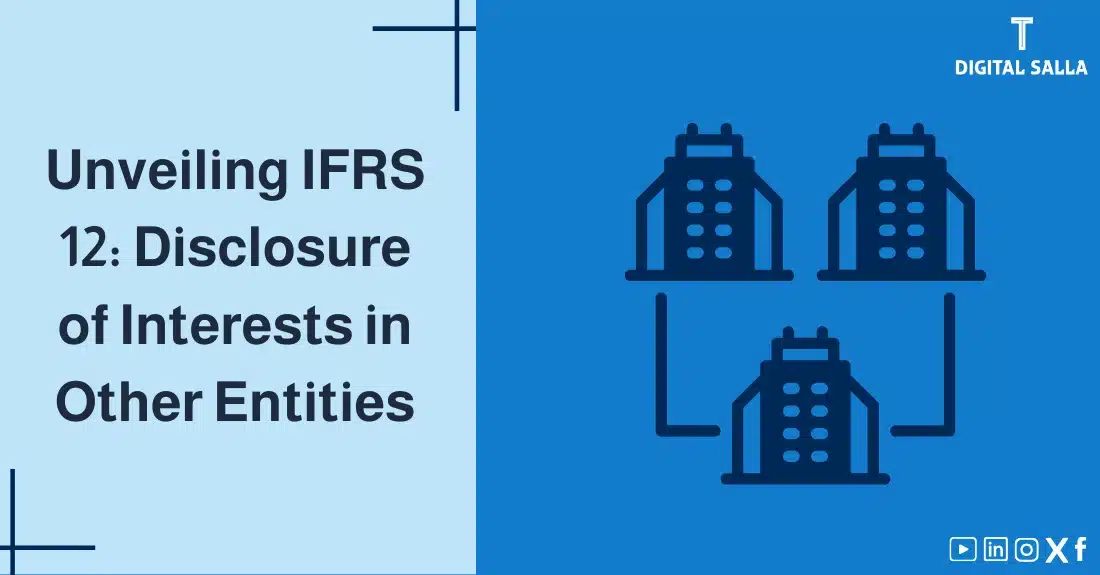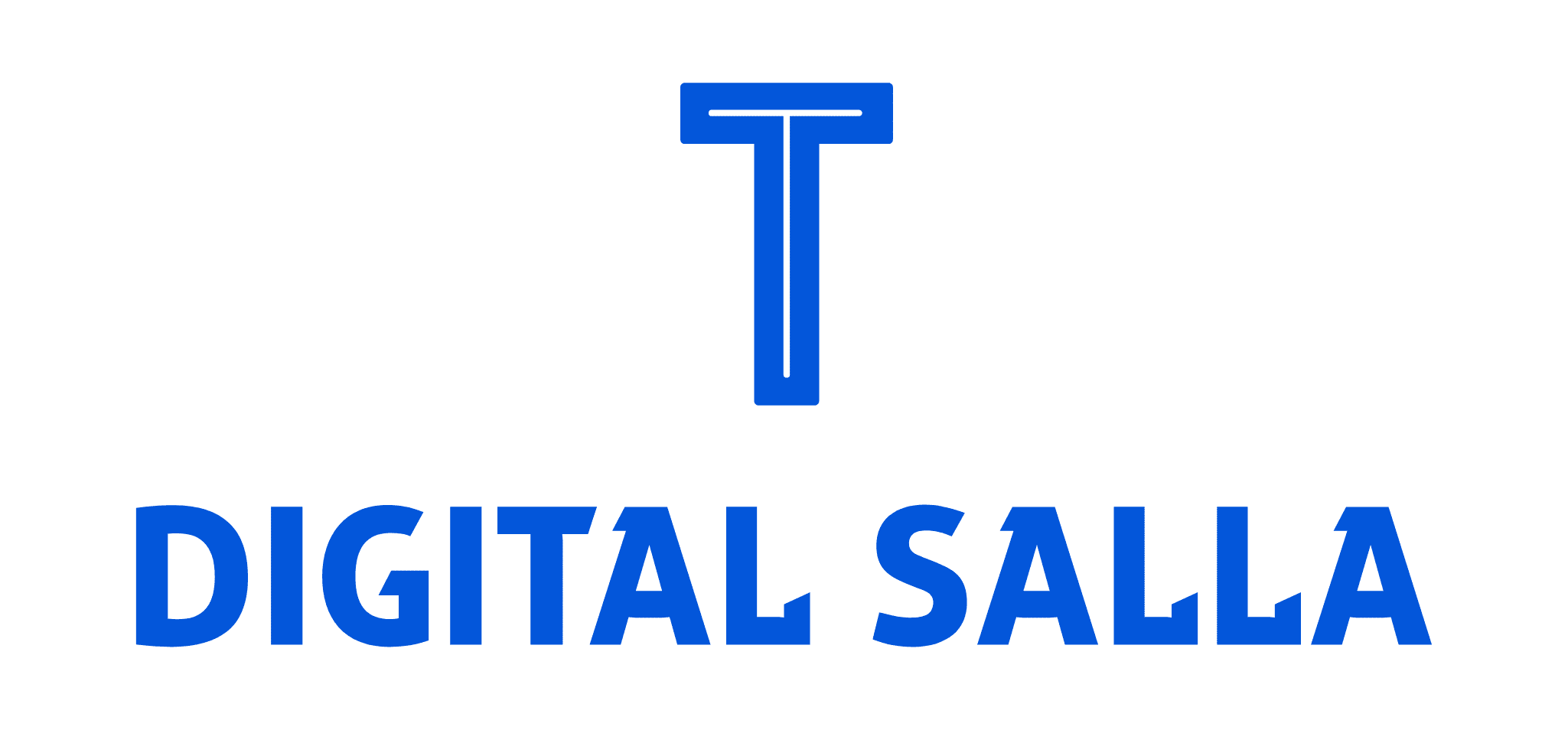Unveiling IFRS 12 Standard: Disclosure of Interests in Other Entities

IFRS 12 Standard, “Disclosure of Interests in Other Entities,” is a key International Financial Reporting Standard that addresses the disclosure requirements for information about an entity’s interests in subsidiaries, associates, joint arrangements, and unconsolidated structured entities.
IFRS 12 Standard aims to enable users of financial statements to evaluate the nature and extent of risks associated with an entity’s interests in other entities, and the effects of those interests on its financial position, financial performance, and cash flows. This article provides a comprehensive overview of IFRS 12, discussing its objectives, scope, and key requirements. We’ll focus on the disclosures required for each type of interest in other entities, and highlight the standard’s importance and its impact on the quality and transparency of financial reporting.
What is IFRS 12 Standard: Disclosure of Interests in Other Entities?
IFRS 12 Standard is an international accounting standard that sets out the disclosure requirements for information that enables users of financial statements to evaluate:
- The nature of, and risks associated with, an entity’s interests in subsidiaries, joint arrangements, associates, and unconsolidated structured entities.
- The effects of those interests on the entity’s financial position, financial performance, and cash flows.
Objectives of IFRS 12 Standard:
- Improve the Quality and Comprehensiveness of Disclosures: The standard aims to improve the quality and comprehensiveness of disclosures relating to an entity’s interests in other entities.
- Enhance Transparency of Financial Reporting: IFRS 12 Standard helps enhance the transparency of financial reporting by providing more detailed information about the nature and extent of risks associated with an entity’s interests in other entities.
- Enable Users of Financial Statements to Assess Risks and Returns: The standard provides information that enables investors, creditors, and other stakeholders to assess the risks and returns related to an entity’s interests in other entities.
- Facilitate the Decision-Making Process: The disclosures required byIFRS 12 Standard help users of financial statements make informed economic decisions about the entity.
- Enhance Comparability: The standard contributes to improving the comparability of financial information between entities that have interests in other entities.
Scope of IFRS 12 Standard:
IFRS 12 Standard applies to entities that have any of the following interests in other entities:
- Subsidiaries: Entities controlled by the reporting entity.
- Joint Arrangements: Activities over which the entity shares control with other parties. Joint arrangements are classified into two types:
- Joint Operations: The entity has direct rights to assets and direct obligations for liabilities.
- Joint Ventures: The entity has rights to the net assets of the joint venture.
- Associates: Entities over which the entity has significant influence, but not control.
- Unconsolidated Structured Entities: Entities designed so that voting or similar rights are not the dominant factor in deciding who controls them.
Note: IFRS 12 does not apply to post-employment benefit plans or other long-term employee benefit plans to which IAS 19, “Employee Benefits,” applies.
Key Disclosure Requirements under IFRS 12 Standard:
The standard imposes specific disclosure requirements for each type of interest in other entities. An entity must disclose information that enables users of financial statements to evaluate:
- The nature of, and risks associated with, its interests in other entities.
- The effects of those interests on its financial position, financial performance, and cash flows.
Disclosures related to Subsidiaries: * The basis on which it was concluded that control exists, even when owing less than half of the voting rights. * Significant judgements and assumptions used in determining whether the entity controls another entity. * Details about the group structure, including names of subsidiaries, ownership percentages and nature of activities. * Information about any significant restrictions on a subsidiary’s ability to transfer funds to the parent. * Information about Non-controlling Interest (NCI) in subsidiaries. * Information about the nature and extent of any significant interests in consolidated structured entities.
Disclosures related to Joint Arrangements:
- The basis on which the type of joint arrangement (joint operation or joint venture) was determined.
- Significant judgements and assumptions used in classifying the joint arrangement.
- Information about the nature of the activities undertaken through joint arrangement.
- Summarized financial information for each material joint venture, including the entity’s share of assets, liabilities, revenue, expenses and net profit or loss.
- Reconciliations between the carrying amount of the entity’s interest in each joint venture and the disclosed amount.
- Information about any significant restrictions on the ability of joint arrangements to transfer funds to the entity.
Disclosures related to Associates: * The basis on which it was concluded that significant influence exist. * Significant judgements and assumptions used to determine whether the entity has a significant influence on another entity. * Summarized financial information for each material associates, including the entity’s share of assets, liabilities, revenue, expenses and net profit or loss. * Reconciliations between the carrying amount of the entity’s interest in each associate and the disclosed amount. * Information about the nature of the relationship between the entity and the associate.
Disclosures related to Unconsolidated Structured Entities:
- Information about the nature and extent of the entity’s interests in unconsolidated structured entities.
- Information about the nature, purpose, and activities of the unconsolidated structured entity.
- How the unconsolidated structured entity is financed.
- The carrying amounts of assets and liabilities recognized in the entity’s financial statements that relate to its interests in the structured entity.
- Information about the entity’s maximum exposure to loss from its interests in unconsolidated structured entities.
- Information about any financial or other support provided by the entity to the unconsolidated structured entity.
Importance of IFRS 12 Standard for Users of Financial Statements:
The standard provides valuable information to users of financial statements, such as investors and analysts, as it helps them to:
- Understand the Entity’s Structure and Relationships with Other Entities :IFRS 12 Standard clarifies the nature and extent of an entity’s interests in subsidiaries, joint arrangements, associates, and unconsolidated structured entities.
- Assess Risks and Returns: Users of financial statements can better assess the risks and returns associated with an entity’s interests in other entities.
- Analyze the Entity’s Financial Performance: IFRS 12 Standard helps in analyzing the entity’s financial performance by providing detailed information about the contribution of each of the other entities to the entity’s profits and losses.
- Compare the Performance of Different Entities :IFRS 12 Standard helps improve the comparability of financial information between entities that have interests in other entities.
- Make More Informed Investment and Financing Decisions: The information disclosed under IFRS 12 Standard helps investors and creditors make more accurate and objective decisions.
Challenges in Applying IFRS 12 Standard:
- Gathering the Necessary Information: It may be difficult to gather the information necessary to disclose all the requirements of IFRS 12 Standard, especially for unconsolidated structured entities.
- Judgment: Applying IFRS 12 requires the use of judgment in some cases, such as determining whether an entity controls another entity or has significant influence over it.
- Complexity of Disclosure Requirements :IFRS 12 Standard imposes detailed and comprehensive disclosure requirements, which may be challenging for some entities, especially small and medium-sized enterprises.
- Keeping Up with Developments in Corporate Structuring: Entities must keep up with ongoing developments in corporate structuring, particularly with respect to structured entities, to ensure compliance with IFRS 12 Standard requirements.
Role of Technology in Applying IFRS 12 Standard:
Accounting software and Enterprise Resource Planning (ERP) systems assist in applying IFRS 12 Standard more efficiently and accurately through:
- Gathering financial data from various entities in which the entity has interests.
- Automating the process of preparing the disclosures required by IFRS 12 Standard Standard.
- Improving the accuracy and comprehensiveness of disclosures related to interests in other entities.
- Saving the time and effort required to prepare the disclosures manually. Comparison of IFRS 12 Standard Standard with Previous Standards:
- IFRS 12 Standard represents a significant improvement compared to previous standards that addressed the disclosure of interests in other entities, such as IAS 27, IAS 28, and IAS 31. IFRS 12 Standard is characterized by:
- Wider Scope: IFRS 12 Standard covers a wider range of interests in other entities, including unconsolidated structured entities.
- More Comprehensive Disclosure Requirements :IFRS 12 Standard imposes more detailed and comprehensive disclosure requirements, providing more useful information to users of financial statements.
- Focus on Risks: IFRS 12 Standard places greater emphasis on disclosing the risks associated with an entity’s interests in other entities.
Conclusion:
IFRS 12 Standard is a fundamental tool for improving the transparency and reliability of disclosures related to an entity’s interests in other entities. Entities with such interests must comply with the requirements of this standard to ensure high-quality financial statements that meet the needs of investors and other stakeholders are prepared. Understanding IFRS 12 is essential for accountants, auditors, investors, and anyone seeking to understand how an entity’s interests in other entities affect its financial position, financial performance, and cash flows. With the increasing complexity of corporate structures and the variety of investment forms, IFRS 12 Standard importance as a tool to enhance the transparency and reliability of financial reports and support the efficiency of capital markets grows.
